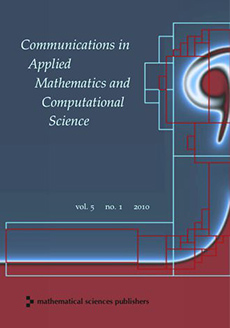Abstract
Data-driven modeling and computational predictions based on the maximum entropy principle (MaxEnt principle) aim to find as simple as possible — but not simpler than necessary — models that allow one to avoid the data-overfitting problem. We derive a multivariate nonparametric and nonstationary formulation of the MaxEnt principle and show that its solution can be approximated through a numerical maximization of the sparse constrained optimization problem with regularization. Application of the resulting algorithm to popular financial benchmarks reveals memoryless models allowing for simple and qualitative descriptions of data of the major stock market indices. We compare the obtained MaxEnt models to the heteroscedastic models from computational econometrics (GARCH, GARCH-GJR, MS-GARCH, and GARCH-PML4) in terms of the model fit, complexity, and prediction quality. We compare the resulting model log-likelihoods, the values of the Bayesian information criterion, posterior model probabilities, the quality of the data autocorrelation function fits, as well as the value-at-risk prediction quality. We show that all of the seven considered major financial benchmark time series (DJI, SPX, FTSE, STOXX, SMI, HSI, and N225) are better described by conditionally memoryless MaxEnt models with nonstationary regime-switching than by the common econometric models with finite memory. This analysis also reveals a sparse network of statistically significant temporal relations for the positive and negative latent variance changes among different markets. The code is provided for open access.
Citation
Illia Horenko. Ganna Marchenko. Patrick Gagliardini. "On a computationally scalable sparse formulation of the multidimensional and nonstationary maximum entropy principle." Commun. Appl. Math. Comput. Sci. 15 (2) 129 - 146, 2020. https://doi.org/10.2140/camcos.2020.15.15
Information





